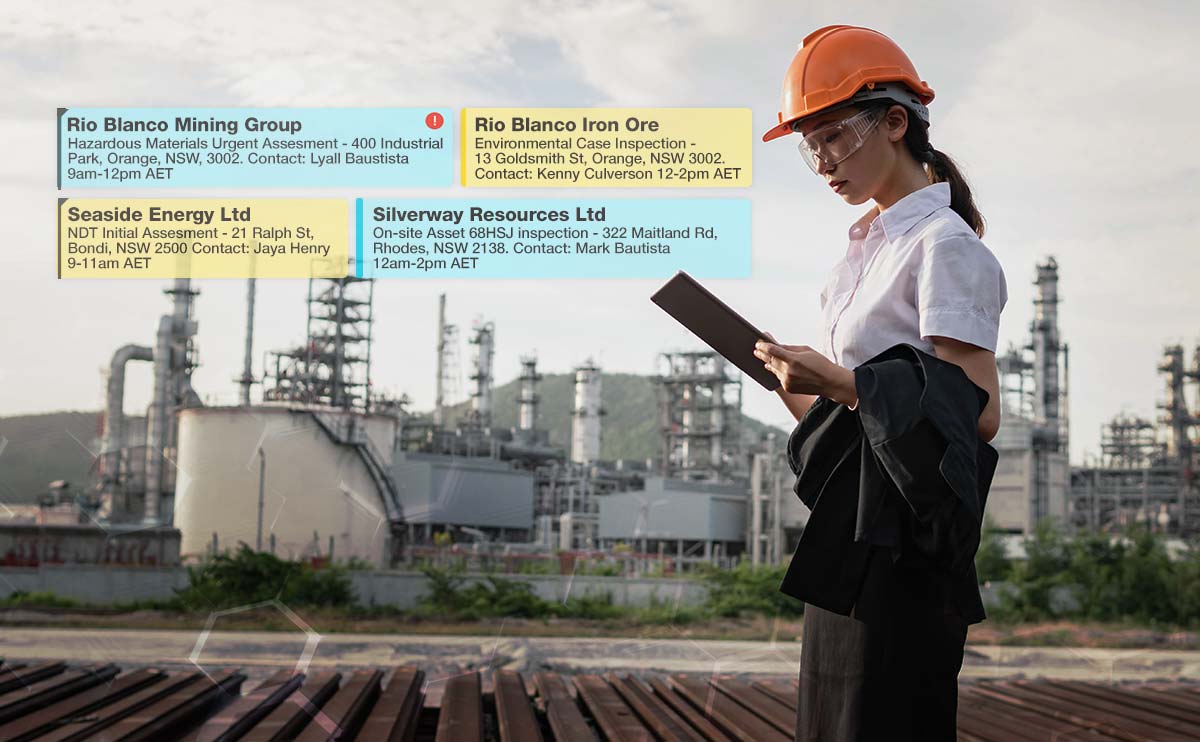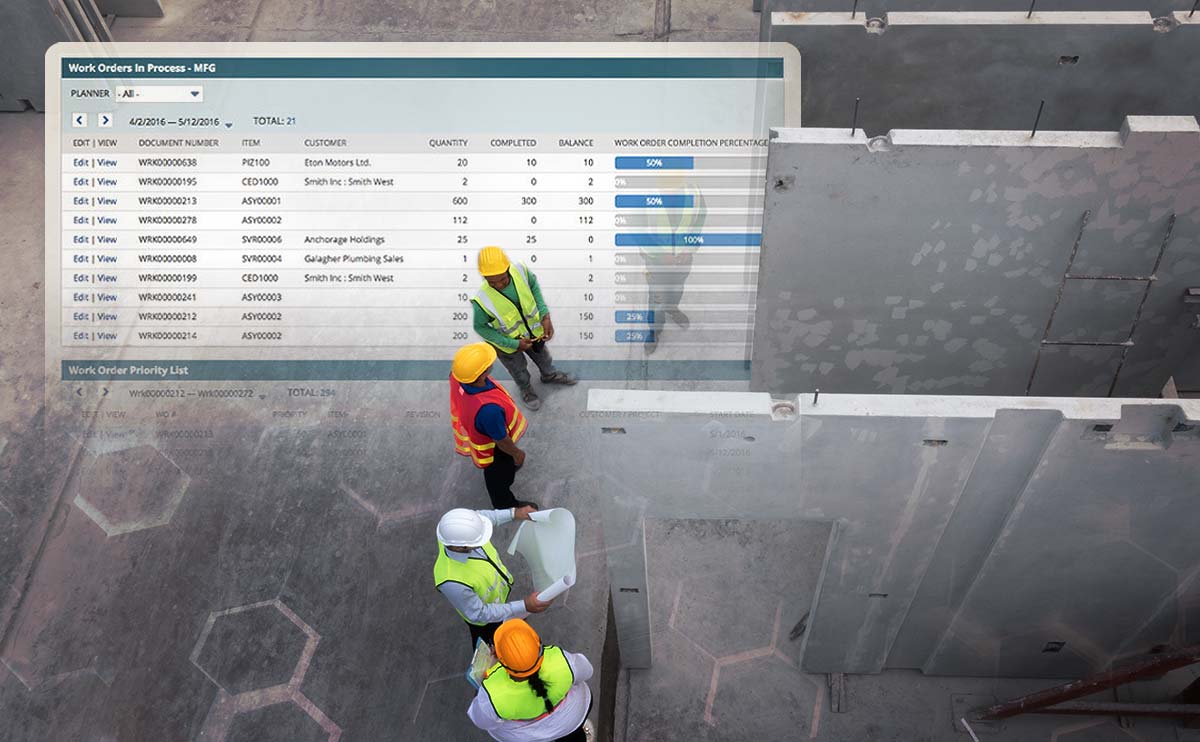Servers, VPN, IT architecture for the network and Training of staff (complex systems/multiple systems)
A key question by a number of organisations is whether to outsource or not and whether to own their own hardware or host it. An obvious benefit of outsourcing and hosting is that it lets you have a relatively flat cost curve, rather than the “mountain ranges” associated with upfront costs and then upgrades and replacements. What’s best for any given organisation varies and one size does not fit all. To help you determine what works best for your organisation, here are some of the costs to keep in mind in determining the true costs of maintaining your IT systems and staffing your IT department. With your own infrastructure and systems you have the following cost components:
- Upfront cost of infrastructure and software licences.
- Upgrade costs for new versions of software/operating systems.
- Flow on costs to upgrade existing infrastructure to support new software versions.
- Replacement costs (approximately every 3-5 years) for infrastructure.
- Ongoing vendor maintenance and support costs.
- If you host your own systems, increased rental costs for your computer facilities as you add more hardware.
- Increased power costs to support additional hardware, air-conditioning etc.
- If you have multiple complex systems then you will also have:
- Integration costs between those systems.
- Potentially middleware software costs.
With staff, you not only have their salaries and on costs, but also the following training costs:
- costs of retraining and potentially recertification in new versions of hardware and software including:
- Operating systems
- Network monitoring, antivirus, firewalls etc.
- Software versions for systems
- Training costs for those multiple systems
The flip side is that if you don’t upgrade software versions or infrastructure, then the cost of maintaining those systems and infrastructure increases as vendors increase support and maintenance costs. In addition, your staff costs will increase as a) availability of resources with skills in the older versions becomes harder to find/attract and b) you potentially lose staff who want to work with the latest versions. Personally my philosophy is that your staff, those positions that you require specific intellectual property for your business (e.g. first level support, architects, business analysts and project managers) and then outsource the technical roles (software developers, 2nd level technical support staff) that require specific technical knowledge so that the cost of training those technical resources becomes someone else’s cost. A system that is reducing the costs associated with IT infrastructure is NetSuite’s SuiteCommerce Advanced. Built entirely on the cloud, NetSuite doesn’t have any hidden server room costs. The end-to-end solution allows retailers to focus on what counts and that is customising the buyer journey. Whatever you choose, ensure you determine all the costs of your environment including ongoing training before determining what works best for you.





